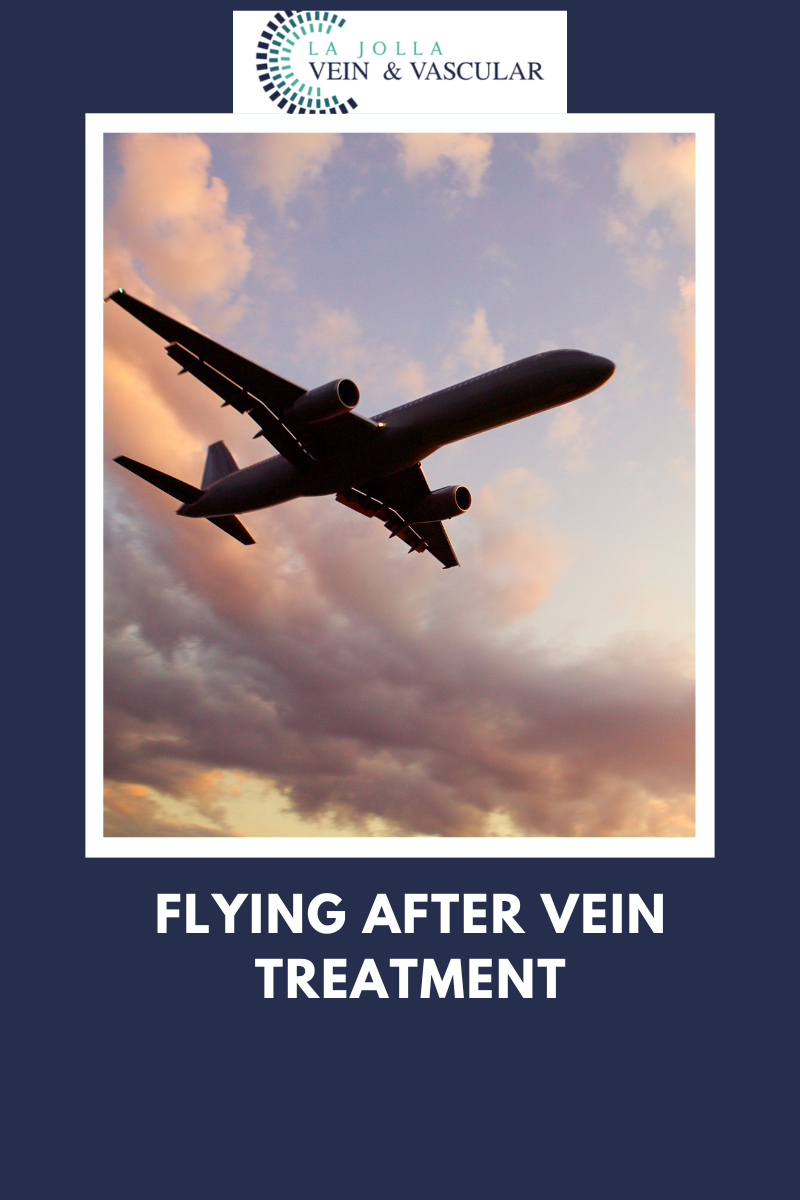Understanding What Your Doctor Is Saying About Your Veins

If you’re not a vascular specialist, it may be difficult to understand the words used to describe your vein condition. Vein terms are not used in everyday life. Especially, when it comes to the anatomy of the veins. Below is a glossary of the terms, we as vein specialists, use on a daily basis but may be foreign to the patient. This is provided from the American Vein and Lymphatic Society (AVLS) healthyveins.org.
Anatomical Vein Terms
Anterior: The front of a body part.
Posterior: Back of a body part.
Deep Leg Vein: The veins that are deep in the thigh and leg that carry blood back to the heart.
Connective Tissue: This strong tissue is the white tissue that covers muscle.
Great Saphenous Vein: (sometimes called GSV or long saphenous vein) A long vein that can be seen just in front of the anklebone. This vein travels along the inside of the leg and thigh (about one-half inch beneath the skin in the thigh) until it empties into the deep vein called the common femoral vein in the groin.
Perforating Vein: A vein that passes directly from a superficial vein to a deep vein.
Popliteal Vein: The deep vein located behind the knee. The small saphenous vein originates from the popliteal vein.
Small Saphenous Vein: (sometimes called SSV, Lesser Saphenous Vein, or LSV) A superficial vein that starts at the outside of the foot and travels up the back of the calf where it empties into the deep vein (popliteal vein) in the crease of the knee.
Spider Vein: A tiny varicose vein that may be blue or red color that does not protrude above the skin surface and frequently looks like a spider. Common medical terms you may hear for spider veins are telangiectasias and telangiectatic veins. Slightly larger varicose veins that do not protrude above the skin are called reticular veins.
Superficial Vein: Any vein in the lower extremity above the deep fascia that covers the muscles of the thigh and leg.
Varicose Vein: A bulging vein that protrudes past the skin surface and usually measures greater than one-fourth of an inch (6.4 mm) in diameter.
Vein Function Terms
Competent Vein: Blood flow occurs in the proper direction back to the heart. Also referred to as Having No Reflux Or Normal Flow Direction.
Incompetent Vein: Blood flows in the wrong direction. Also referred to as a vein that has reflux.
Reflux: Blood that flows backward in the veins.
Anatomical Images and Explanations
Normal Blood Flow: After the blood has been replenished with oxygen in the lungs, it is pumped to the body by the heart. Blood that is pumped to the lower extremities is pumped back to the heart partially by the action of the calf muscle pump. The blood returning from the lower extremities in the deep and superficial veins goes past a series of one-way valves. These valves stop the blood from flowing backwards in the veins.
Reflux: The valves in the veins close just as blood begins to flow backwards. If the valves do not close properly, the blood falls backwards through the poorly closing or leaking valves. The veins downstream that are now unprotected by valves further upstream are exposed to the weight of an increasingly high column of blood. These downstream veins cannot endure the pressure of the column of blood and expand becoming snake-like in appearance. This causes the veins to bulge through the skin surface and become varicose veins.





